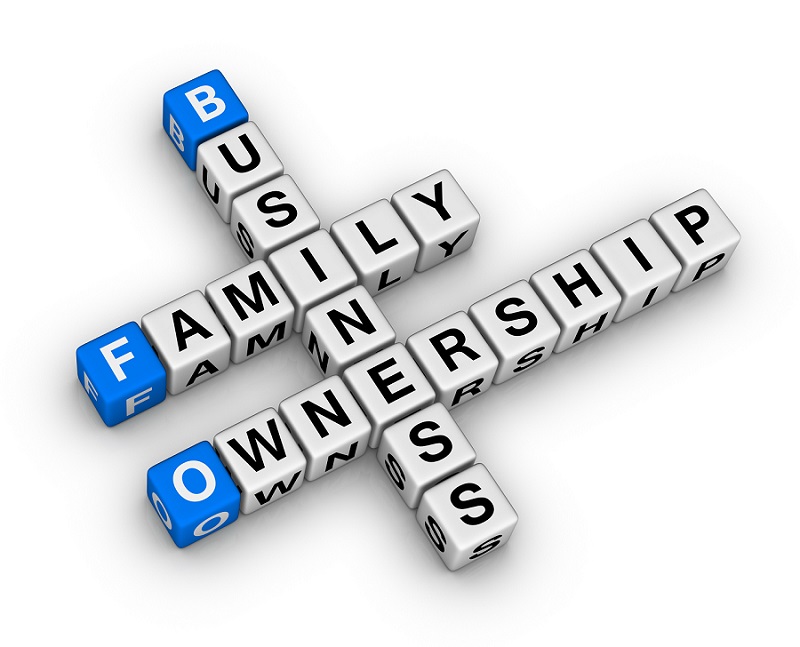June 30th, 2021

What is the difference between a Family Business and a Business Family? How can transitioning from one to the other while reaffirming the family mission and values take a company from declining profits to being a billion-dollar business?
Phil Clemens began his career on the clean-up crew of the family business, Hatfield Quality Meats, and worked his way up to be the CEO of the company. Over the decades, he worked in all areas of the family business, with 20 of those years in Human Resources and seven as CEO and President of the legacy business, now known as The Clemens Food Group. Listen as Phil shares how and why his family engaged in the challenging transformation of being a Family Business to being a Business Family and restructured the company’s governance by the owners, the Board, and management to ensure the company would continue to thrive into the sixth generation of leadership, a very rare feat in today’s marketplace!
Bio:
Phil Clemens retired from The Clemens Food Group in 2015 as Chairman and now serves as an ambassador to family businesses throughout the country, as well as being a national speaker on family business issues and teaching leadership skills. Phil currently serves and has served on numerous boards such as Crown Financial Ministries, North American Meat Institute, Eden Bridge Foundation, Profit Sharing Council of America, and American Red Cross. He has received many awards in the meat industry, as well as community service awards, and has honorary doctorates from Lancaster Bible College and Elizabethtown College. Phil and his wife Linda live in Lancaster, Pennsylvania and have three daughters and seven grandsons.
By Jeff Holler
While many family businesses succeed, they simply were never structured to endure for a century and beyond. Most eventually fall prey to challenges that arise from an ever-increasing number of heirs and owners that can lead to dissolving or merging with a larger conglomerate that takes control. Very few can withstand the governance restructuring that is needed to stay independent and successfully address the differing interests of equity ownership, business management and family dynamics. Clemens Food Group is one of those few.
The key, according to Phil Clemens, the founder’s grandson, is to transition from a “family business” to a “business family” before it’s too late. My curiosity aroused, I asked him to explain the difference.
“You know you’re looking at a Family Business,” Phil shares, “when all family members are entitled to come into the business, and any family member that wants a job generally can get one.”
In contrast, the key to transforming into a Business Family is the structure and the boundaries that are put in place.
I asked Phil what has to be put in place to make all this a reality and still protect the interests of the family.
If you have any interest in owning, managing or working in a family business, I strongly encourage you to listen to the full interview. It features tremendous detail on how all of this works in reality, and Phil also shares:
Also, be on the lookout for a second interview with Phil Clemens where we will dive into the topic of succession planning, particularly succession of CEOs.
Enter your email address to receive notifications of new posts.

 Menu
Menu